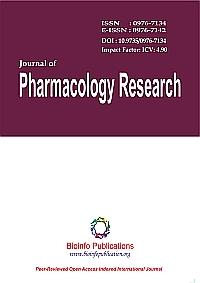 “Bone is a complex tissue of the with unique properties such as high strength and regeneration capabilities while carrying out multiple functions. Bone regeneration occurs both in physiological situations (bone turnover) and pathological situations (e.g. fractures), being performed by osteoblasts and osteoclasts. If this process is inadequate, fracture nonunion or aseptic loosening of implants occurs and requires a complex treatment.
“Bone is a complex tissue of the with unique properties such as high strength and regeneration capabilities while carrying out multiple functions. Bone regeneration occurs both in physiological situations (bone turnover) and pathological situations (e.g. fractures), being performed by osteoblasts and osteoclasts. If this process is inadequate, fracture nonunion or aseptic loosening of implants occurs and requires a complex treatment.
Exogenous factors are currently used to increase bone regeneration process when needed, such as bisphosphonates and vitamin D, but limitations do exist. Cannabinoid system has been shown to have positive effects on bone metabolism. Cannabinoids at bone level mainly act on two receptors called CB-1 and CB-2, but GPR55, GPR119, TPRV1, TPRV4 receptors may also be involved. The CB-2 receptors are found in bone cells at higher levels compared to other receptors.
Endocannabinods represented by anandamide and 2-arachidonoylglycerol, can stimulate osteoblast formation, bone formation and osteoclast activity. CB-2 agonists including HU-308, HU-433, JWH133 and JWH015 can stimulate osteoblast proliferation and activity, while CB-2 antagonists such as AM630 and SR144528 can inhibit osteoclast differentiation and function. CB-1 antagonist AM251 has been shown to inhibit osteoclast differentiation and activity, while GPR55 antagonist cannabidiol increases osteoblast activity and decreases osteoclast function.
An optimal correlation of dose, duration, moment of action and affinity can lead to an increased bone regeneration capacity, with important benefits in many pathological situations which involve bone tissue. As adverse reactions of cannabinoids haven’t been described in patients under controlled medication, cannabinoids can represent future treatment for bone regeneration.”
https://www.ncbi.nlm.nih.gov/pubmed/30702341
https://www.tandfonline.com/doi/abs/10.1080/03602532.2019.1574303?journalCode=idmr20








